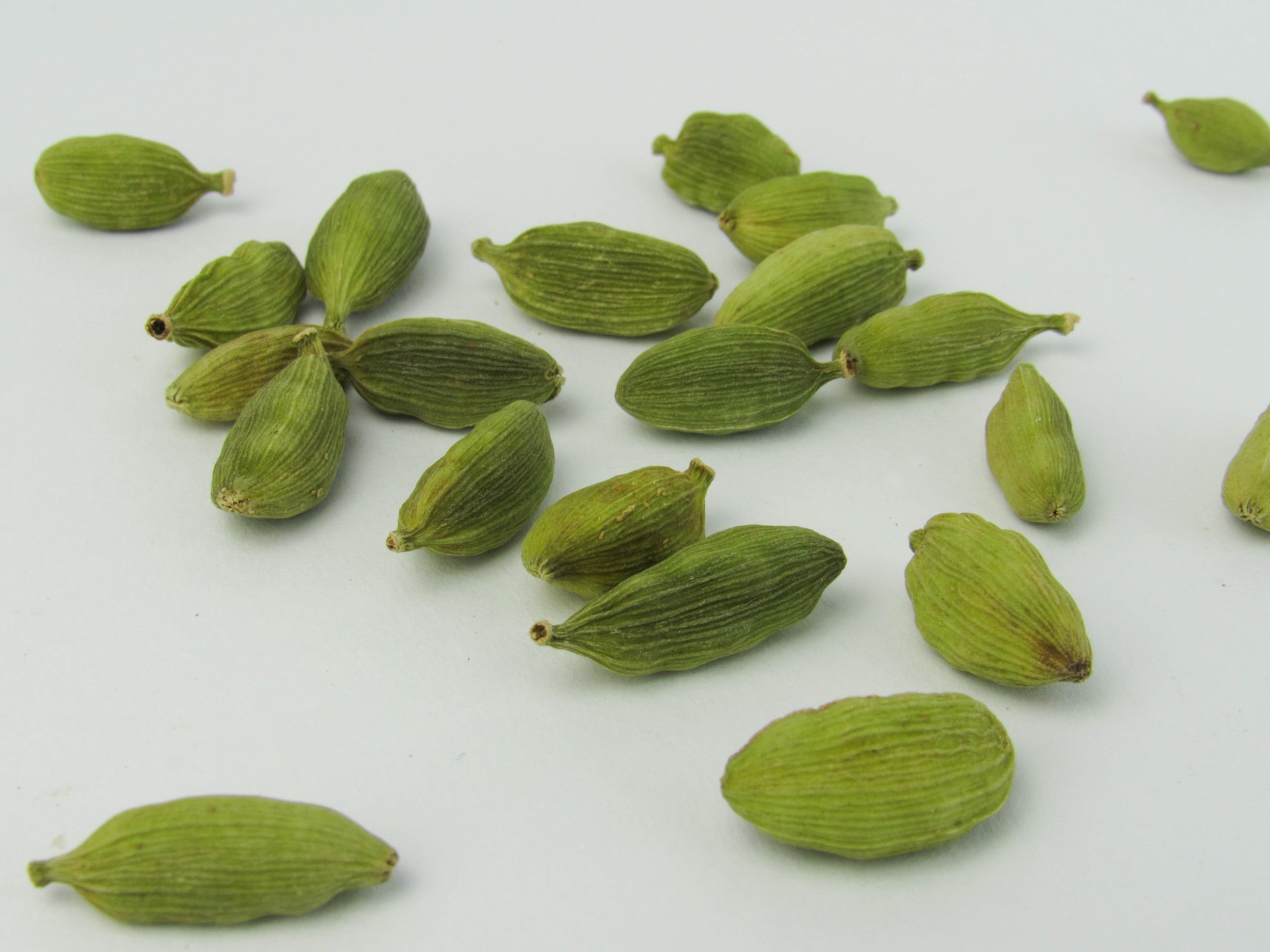Why is Cardamom so Expensive?

Cardamom, with its aromatic flavor and unique properties, has gained popularity worldwide. However, its high price often raises questions.
Cardamom, known as the “Queen of Spices,” is a highly prized ingredient that adds a distinct taste and aroma to various cuisines and beverages. Whether used in savory dishes, desserts, or as a standalone spice, cardamom has become an essential part of many culinary traditions. However, its cost can be surprising to those unfamiliar with the intricacies of the spice market. Let’s explore the factors that contribute to cardamom’s expensive nature.
Limited Geographic Growing Regions
Cardamom is primarily grown in specific regions, including Guatemala, India, Sri Lanka, and other parts of Southeast Asia. These regions provide the ideal climate and soil conditions for cardamom cultivation. The limited geographic range of its production creates a scarcity factor that impacts its price.
Labor-Intensive Harvesting and Processing
The cultivation and harvesting of cardamom is a labor-intensive process. The spice is harvested by hand, requiring skilled laborers to carefully pluck the ripe cardamom pods. After harvesting, the pods undergo a meticulous drying and processing phase. The labor-intensive nature of cardamom production contributes to its overall cost.
Fluctuating Market Demand
The demand for cardamom fluctuates, which affects its price. Growing interest in global cuisines, wellness trends, and the use of cardamom in traditional medicine have contributed to increased demand. Additionally, changes in consumer preferences and international trade dynamics impact the market, resulting in price variations.
Quality and Grading Standards
Cardamom is available in different grades, with the highest-quality pods commanding a premium price. The grading process considers factors such as pod size, color, aroma, and flavor. The meticulous sorting and grading of cardamom pods ensure consistent quality but also contribute to its higher price.
Volatile Climate and Crop Challenges
Cardamom cultivation is vulnerable to the unpredictable forces of nature. Extreme weather conditions, pests, diseases, and other crop challenges can significantly impact the yield and quality of cardamom crops. Such factors can lead to fluctuations in supply and, consequently, price instability.
Export Restrictions and Regulations
Some cardamom-producing countries impose export restrictions and regulations to maintain local supply or stabilize prices within their domestic markets. These restrictions can limit the availability of cardamom in certain regions and impact its overall price.
Transport and Storage Costs
Cardamom is often grown in remote regions, requiring significant transportation and logistical efforts to bring it to global markets. The costs associated with transport, storage, and handling add to the overall expenses of the spice, contributing to its higher price.
Visit factober.com for more interesting information! Register for a new account on Factober and get a chance to write for us, sharing your knowledge and insights on a variety of fascinating topics.
In conclusion, the high price of cardamom is influenced by a combination of factors, including limited growing regions, labor-intensive cultivation, market demand fluctuations, quality standards, climate challenges, export restrictions, and transportation costs. These factors collectively contribute to the premium price tag attached to this exquisite spice. Despite its cost, cardamom continues to captivate the taste buds of people worldwide, making it an essential ingredient in various culinary delights.





